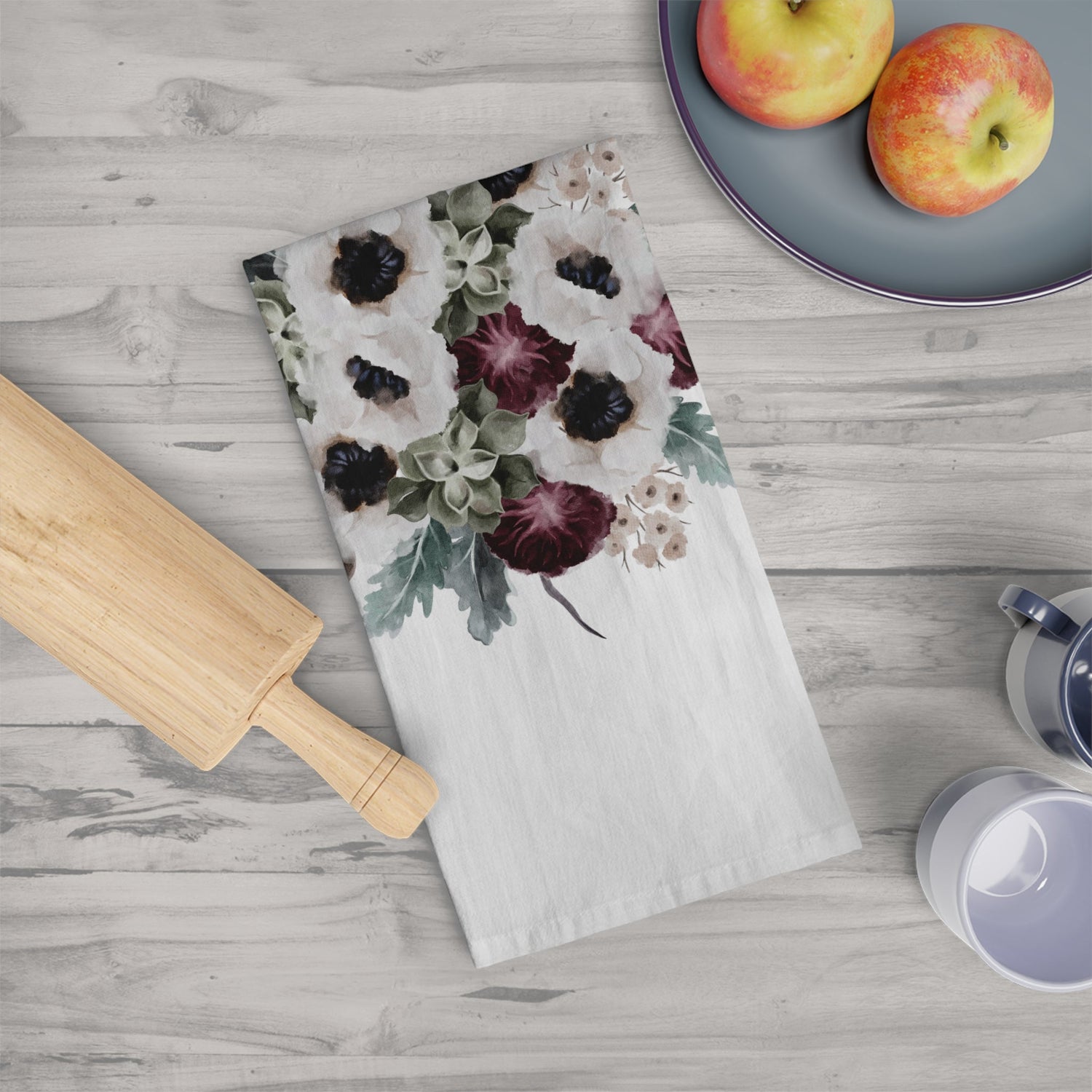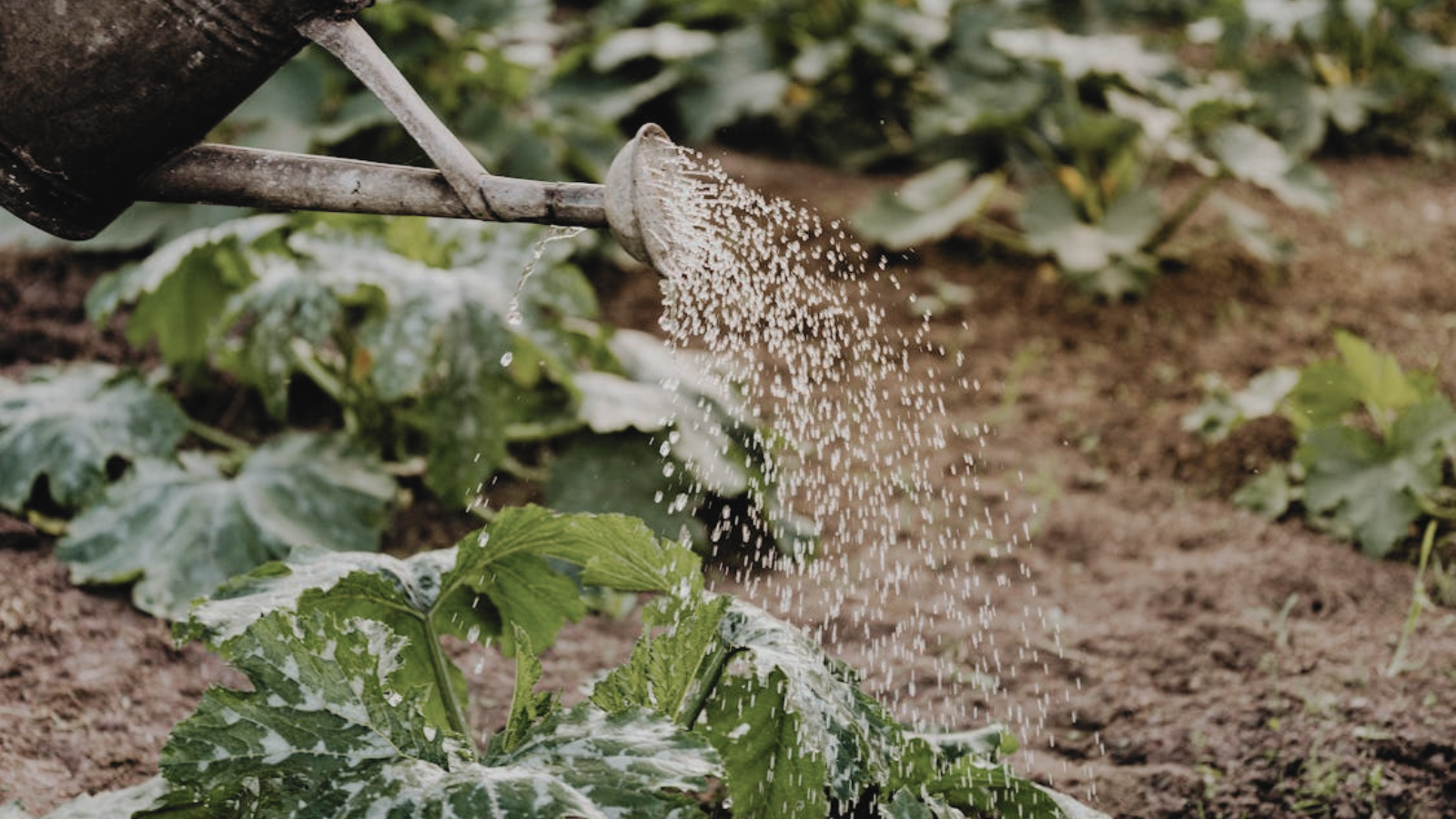
Have you ever loved a plant to death? We've all been there. Watering can seem simple, but getting it right is crucial for happy, healthy plants. Water is the lifeblood of your garden, delivering essential nutrients and keeping cells plump. Too little water and your plants will wilt and struggle. Too much, and they can drown or become susceptible to disease. But fear not! In this series, we'll break down the watering needs of plants at every stage of growth, from tiny seedlings to established trees. We'll equip you with the knowledge and techniques to become the next water bender!
TL;DR
Germination: Keep soil moist but not soggy. Use mister or bottom watering.
Seedlings: Check soil daily with knuckle test. Water lightly if dry.
Young Plants: Water 2-3 times weekly, check with knuckle test. Deep watering is important.
Saplings (first year): Water daily or every other day for a few weeks, then 2-3 times a week. Deep water to 6 inches.
Mature Plants: Water less often (maybe once a week during dry periods). Deep watering is still important.
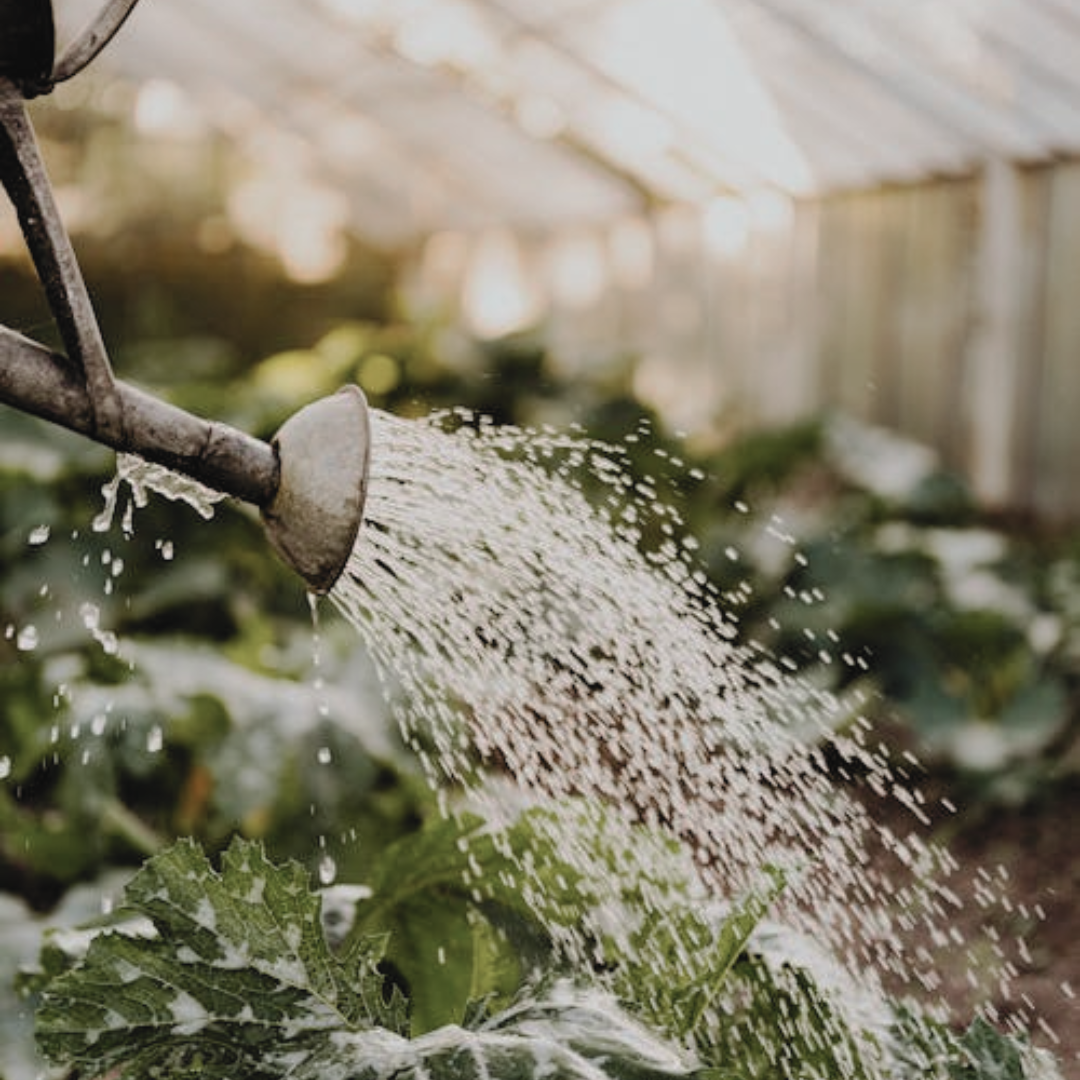
Watering Guidelines for Germination and Seedlings
Moisten your chosen mix before potting, it should feel damp but not soggy. You should be able to squeeze a few drops of water but not a steady stream. Once you've sown your seeds it's time to water them in. "Watering In" horticulturally speaking refers to the initial watering of newly planted seeds, seedlings, or transplants. There are multiple reasons for this including helping the soil settle around the roots and essential moisture is provided for the plants to establish themselves.
At this stage you'll want to use a mister or spray bottle with a fine setting to gently water the soil surface. Avoid creating puddles or disturbing the seeds. Once you've watered the seeds in it's now time to talk about moisture retention. After sowing consider covering the pot or tray with a clear plastic dome or humidity tray to maintain moisture and warmth. Once seedlings emerge, remove the cover to allow for air circulation.
Now we wait and monitor the soil ensuring that it doesn't dry out completely, but avoid overwatering also. It's a balance between not enough water and too much. Fortunately, we have a rule of 'thumb' for you that makes knowing when to water a snap! It's called the 'Knuckle Test.' What you do is stick your finger into about the first inch of soil. If it feels dry to the touch, water lightly again with your mister or spray bottle.
Another method for watering seeds is called "bottom watering" and this method is great for larger seeds and avoids disturbing the soil surface altogether. Make sure that your pots have adequate drainage at the bottom and place them in a tray, pour some water into the tray, and allow it to wick through the soil to the plant (usually about 15 minutes). Pour off any excess water as that can be detrimental to your plant's health.
Watering Young Plants to Success
Ensuring that your seedlings get the level of moisture they need to thrive is a delicate balance. Over and under watering both present their own challenges and we'll say it...this happens. It's happened to us and it will happen again but understanding the process and following the steps outlined below have helped us immensely.
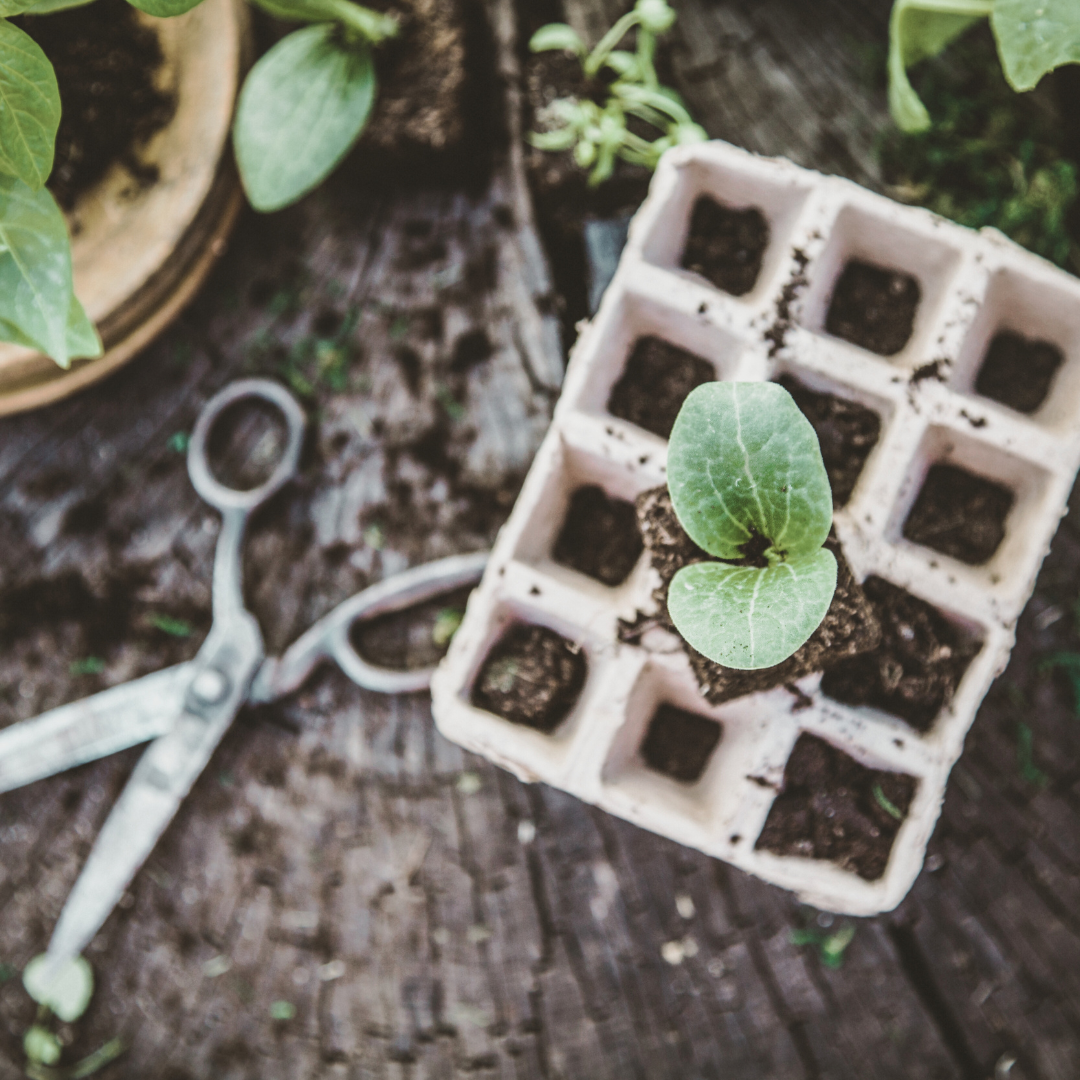
Check out the soil daily before watering using the "Knuckle Test" we outlined earlier.
If the soil is still moist...do nothing!
If the soil is dry then proceed to the next steps
To water seedlings you have much the same methods available as germination
Bottom Watering is preferred in this stage as well but if you're unable to do so, no worries. Your plants can and will still thrive
We use a precision watering can and mister combo for our seedlings. The important thing here is that the water doesn't have much pressure behind it and is a light mist to stream to avoid disturbing the sensitive plants
ProTip? (doesn't need to be called that) - If you notice leaves falling off or yellowing on your plant, it could be a result of overwatering
Navigating the Pitfalls of Overhydration
So you think you overwatered? It's ok, we got your back. The facts are that with proper care most plants are right as rain in 7 - 14 days. If major damage was done or little healthy root system survived, then you should expect 2 weeks until you see improvement.

If you think you've overwatered, here's a checklist that we've used in the past
1. STOP watering no matter how much it wilts, you've gotta stop!
2. Move your plant if it's in a bright window or under grow lights to a spot with less light (NOT total darkness either)
3. Check drainage to ensure there aren't any clogs
4. Add air
5. Repot
6. Mist wilted leaves
7. Water when dry but use the Knuckle Test this time!
8. Give it a week and monitor for improvement
Growing Strong: Watering Practices for Early Growth Stages
As the plant grows the root system becomes more established which means that your plants will start to require more water at this stage. Bottom watering is a good option for a variety of indoor plants with dense root balls like ferns, philodendrons, and pothos and for smaller plants and succulents. However, bottom watering is not recommended for bulbs or larger plants as it can take too long for the roots to soak in water. You'll want to check on plants in this stage 2 - 3 times weekly and again we'll use the knuckle test to determine if we need to water.
If bottom watering is not an option for you, that's no problem, just take care to minimize soil splash and ensure that the moisture soaks in instead of pooling. Next term we're going to deconstruct is "watering deeply." This means that you want to give the plants a thorough soaking and not just wet the surface of the soil.
Nurturing Growth: Watering Strategies for Established Plants
Once you've made it to the mature plant stage and the plant is into it's second year, that's when you unlock any tolerances (drought in this case) that the plant may have. Meaning that it can tolerate long periods of not watering. If you select varieties that are native to your climate that also influences how often you'll need to water them as they're acclimated to average rainfall annually.
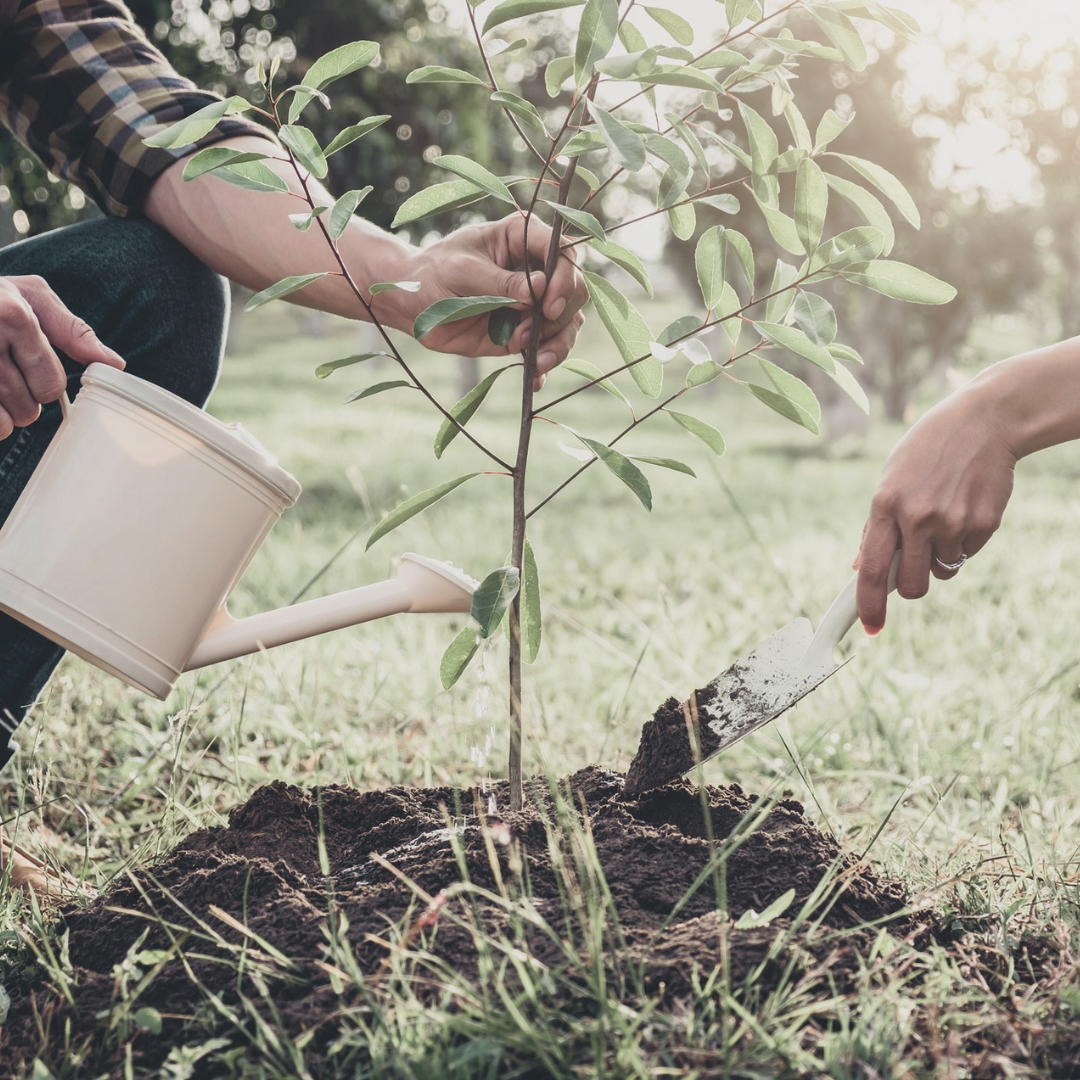
Watering Guidelines for Developing Saplings
In the first few weeks after transplanting your sapling, aim for daily watering or at least every other day, especially during hot or dry weather. This frequent watering is crucial for establishing a strong root system. After the first month, you can gradually decrease watering to 2-3 times per week. The key here is to water deeply and infrequently, rather than frequent shallow watering. To check if your sapling needs water, stick your finger into the soil near the base of the plant. If the top inch or 2 of soil feels dry to the touch, it's time to water. A good watering session should reach at least 6 inches down into the soil, encouraging the roots to grow deep and strong. Avoid soaking the trunk or base of the sapling, as this can promote rot.
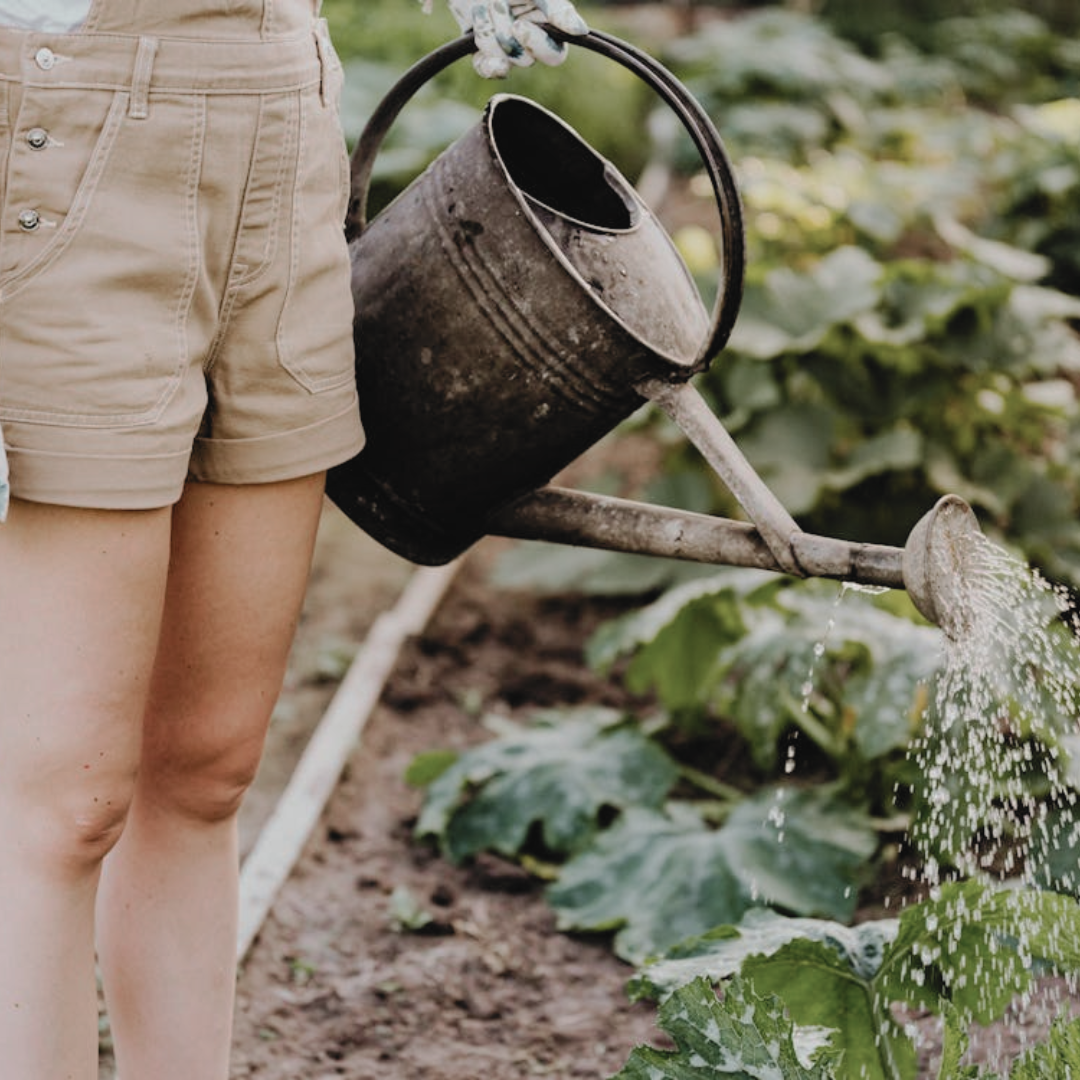
Sustaining Growth: Watering Methods for Established Plants
Established plants require less frequent watering compared to saplings and established trees and shrubs might only need watering once a week during extremely dry periods. Deep watering is still important with these plants as the water needs to reach the larger root system but less important than with saplings
Drip irrigation, overhead irrigation, and old-fashioned manual irrigation (H.O.P. Hose on Plant) are all options at this stage. Our nursery hasn't ventured into drip or overhead irrigation at this time. We're strictly HOP at this time.
Certain plants or types, such as succulents require very infrequent watering and too much water can be detrimental for them. Watering is not a one size fits all process, but following a few simple rules should have you well on your way to becoming a garden water bender in no time!
This part is not about watering specifically, but it's about water retention and weed suppression. We want to talk about mulch around your plants. This helps the ground keep the moisture by reducing evaporation and helping the soil maintain a steady temperature. Additionally, mulch helps prevent soil borne diseases that could be at risk when watering. Companion planting and cover crops are alternative methods to a mulch and we love to companion plant. Learn more about the wonder of mulch <Here>
As you can see, watering needs vary depending on the stage of growth and the type of plant. By following these simple tips and being mindful of the climate you're gardening in, you'll be well on your way to becoming a plant watering pro! We'll leave you with this. Be mindful of the climate that you're watering for. If it just rained, nature took care of your outdoor watering for you. If it's been dry and hot for an extended period you might have to water with a little more frequency.
-
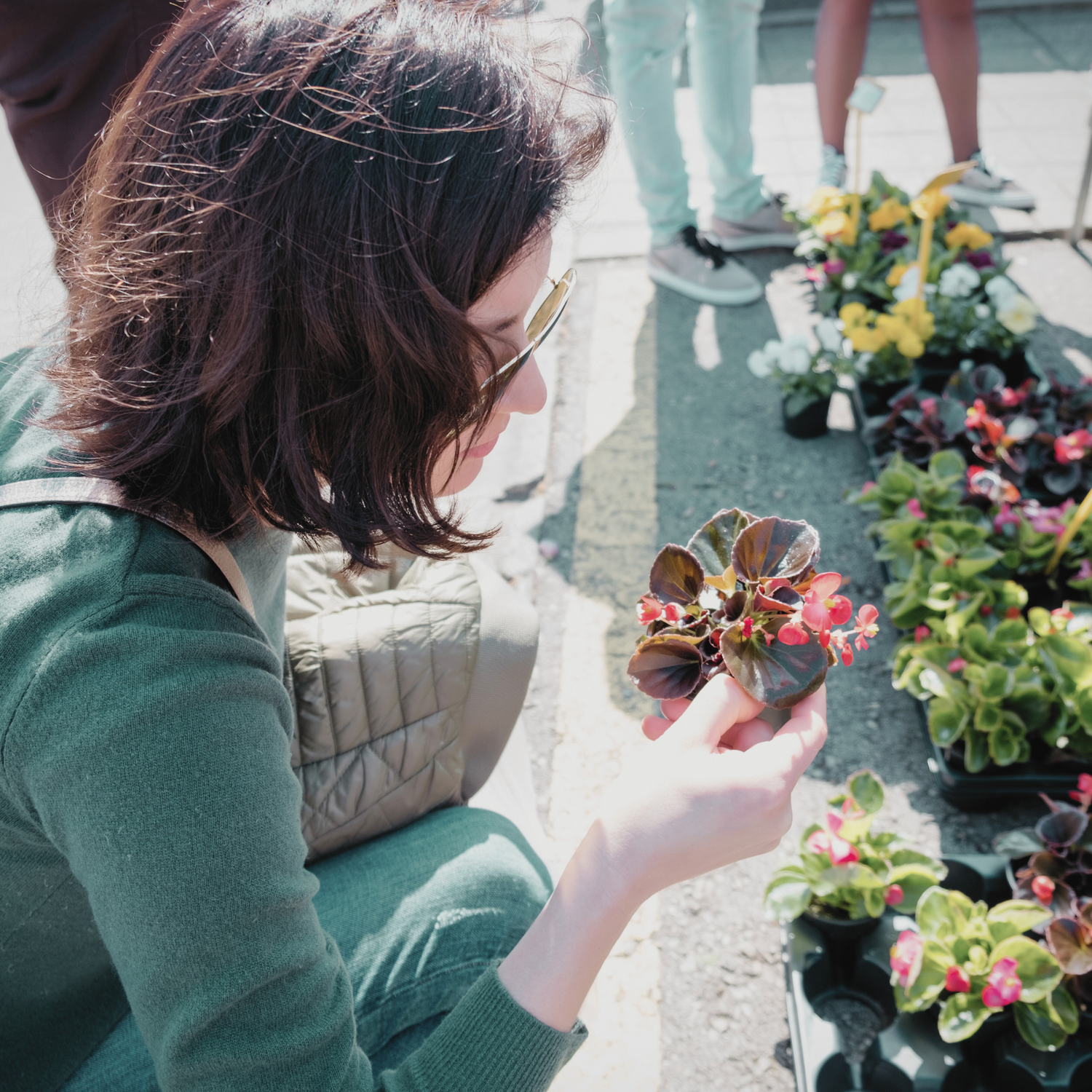
Live Plant Availability
Discover what’s thriving at Nevermore Nursery with our live plant selection, updated...
-
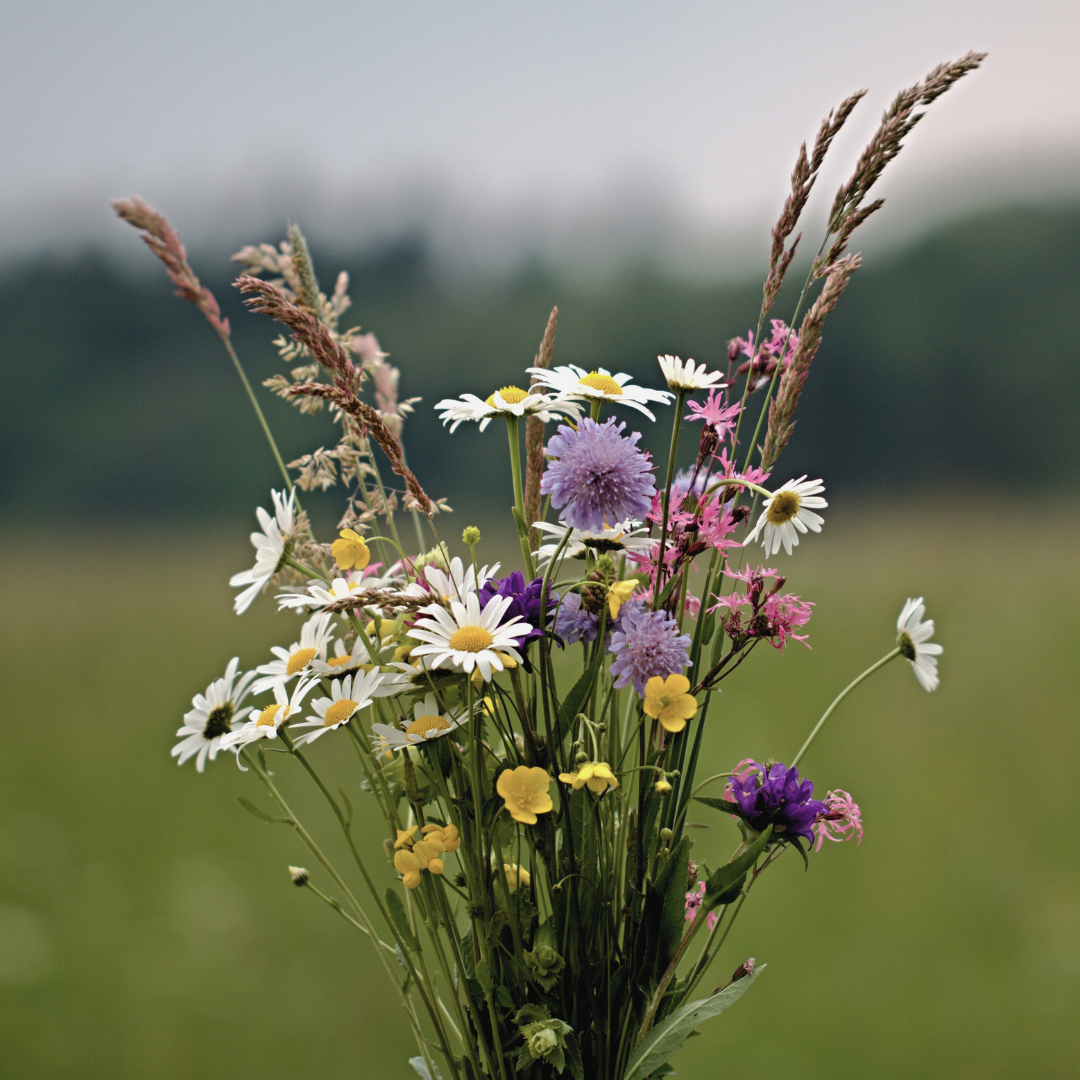
Hand-Packaged Seeds
Grow a little piece of Nevermore Nursery wherever you are with our...



